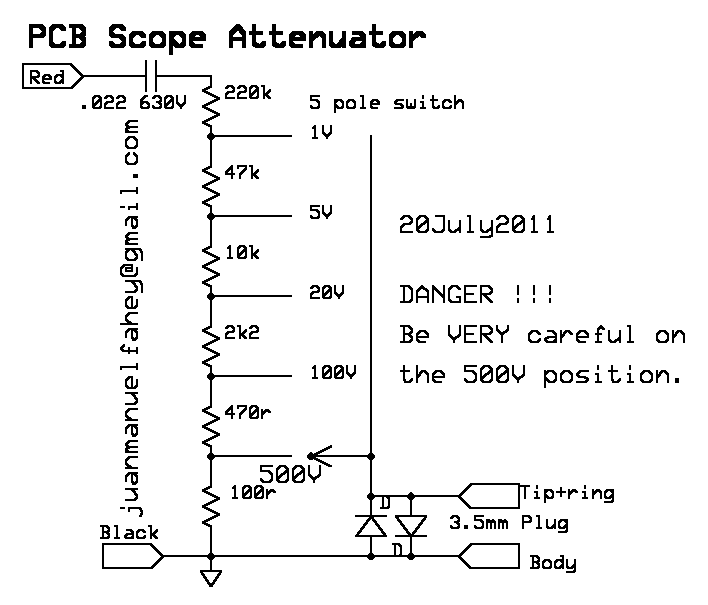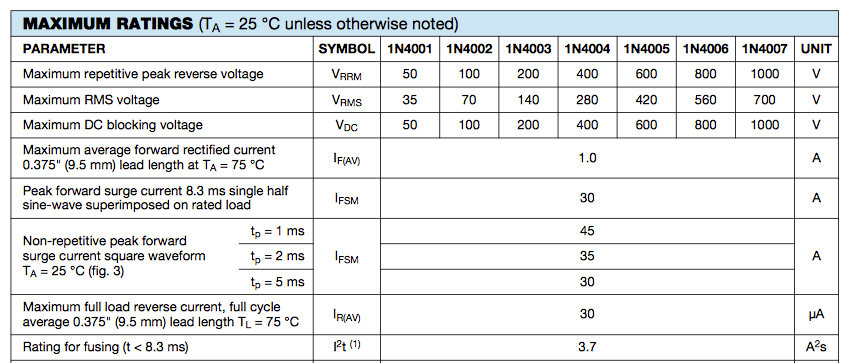Hi
Thought I'd pick the brains of you more experienced than I am techs. On my bench I have been using a Harmon Kardon AVR 25ii receiver/amp for listening to radio and as a signal source for testing amps. I just ran a cable from the REC out into a volume pot, then to a female jack socket for a signal source.
I then also run the stereo speaker outputs to a patch bay, so that I can manually connect my shelf speakers to it, or test an external speaker cab with it.
The unit can do about 75W per channel.
On the AUX input on the rear, I have a cable with a high voltage cap going to a signal tracing probe, to trace valve amps etc.
On occasion I have noticed that while signal tracing a high voltage section on an amp, the protection circuitry in the receiver kicks in and switched itself off. Annoying at times. I have also noticed the preamp frontend clips very easily.
My question is, is it ok to use the AV unit as I am doing, or should I rather use another basic power amp for my signal tracing needs?
Just seemed a bit of an overkill to use it only for listening to radio.
Any help will be VERY much appreciated.
Regards
Thought I'd pick the brains of you more experienced than I am techs. On my bench I have been using a Harmon Kardon AVR 25ii receiver/amp for listening to radio and as a signal source for testing amps. I just ran a cable from the REC out into a volume pot, then to a female jack socket for a signal source.
I then also run the stereo speaker outputs to a patch bay, so that I can manually connect my shelf speakers to it, or test an external speaker cab with it.
The unit can do about 75W per channel.
On the AUX input on the rear, I have a cable with a high voltage cap going to a signal tracing probe, to trace valve amps etc.
On occasion I have noticed that while signal tracing a high voltage section on an amp, the protection circuitry in the receiver kicks in and switched itself off. Annoying at times. I have also noticed the preamp frontend clips very easily.
My question is, is it ok to use the AV unit as I am doing, or should I rather use another basic power amp for my signal tracing needs?
Just seemed a bit of an overkill to use it only for listening to radio.
Any help will be VERY much appreciated.
Regards


Comment